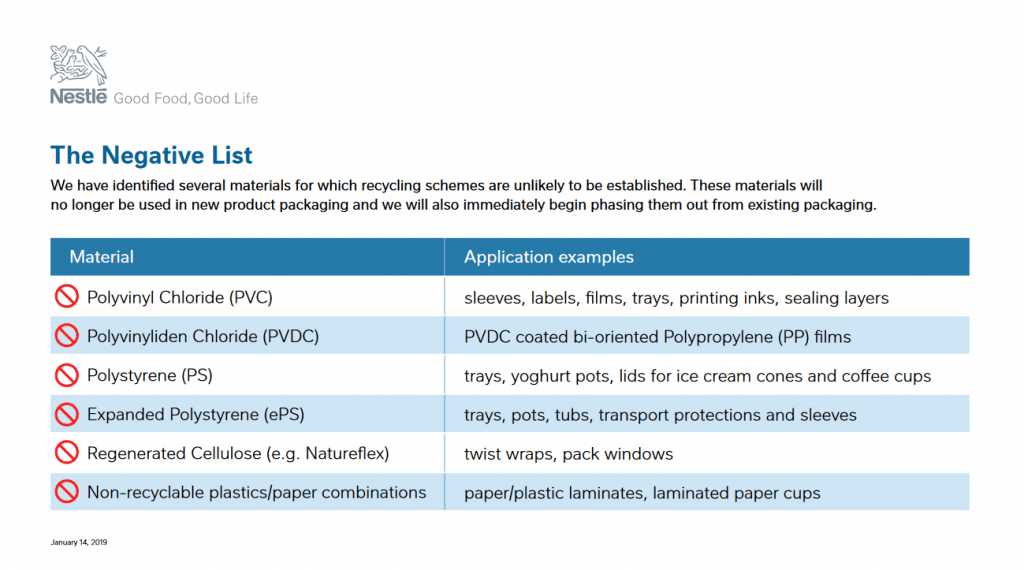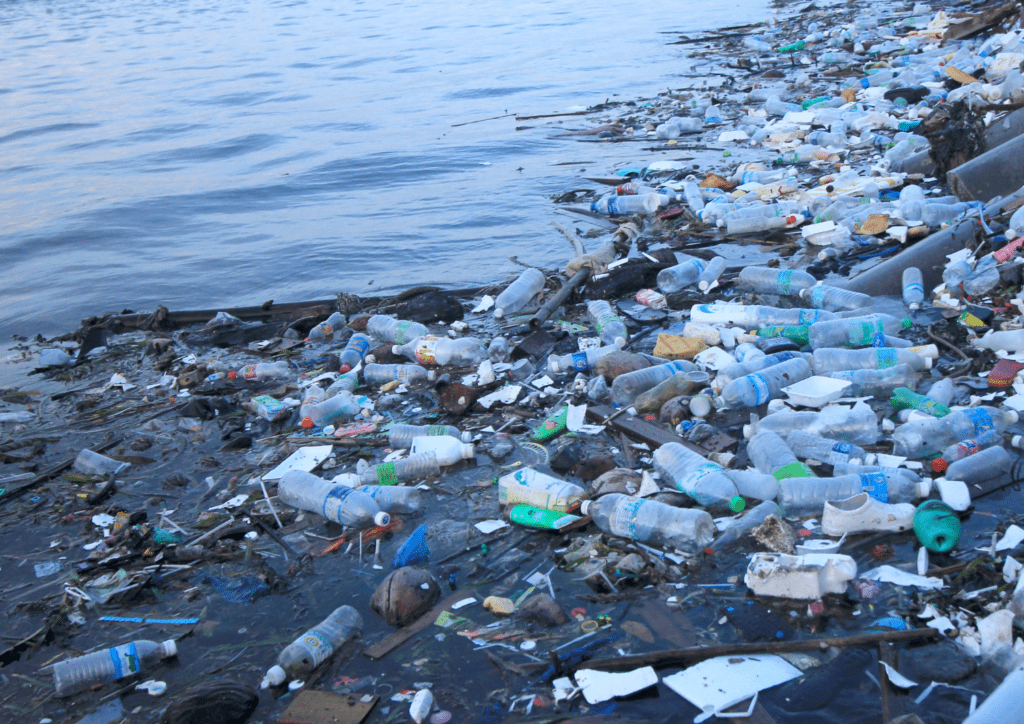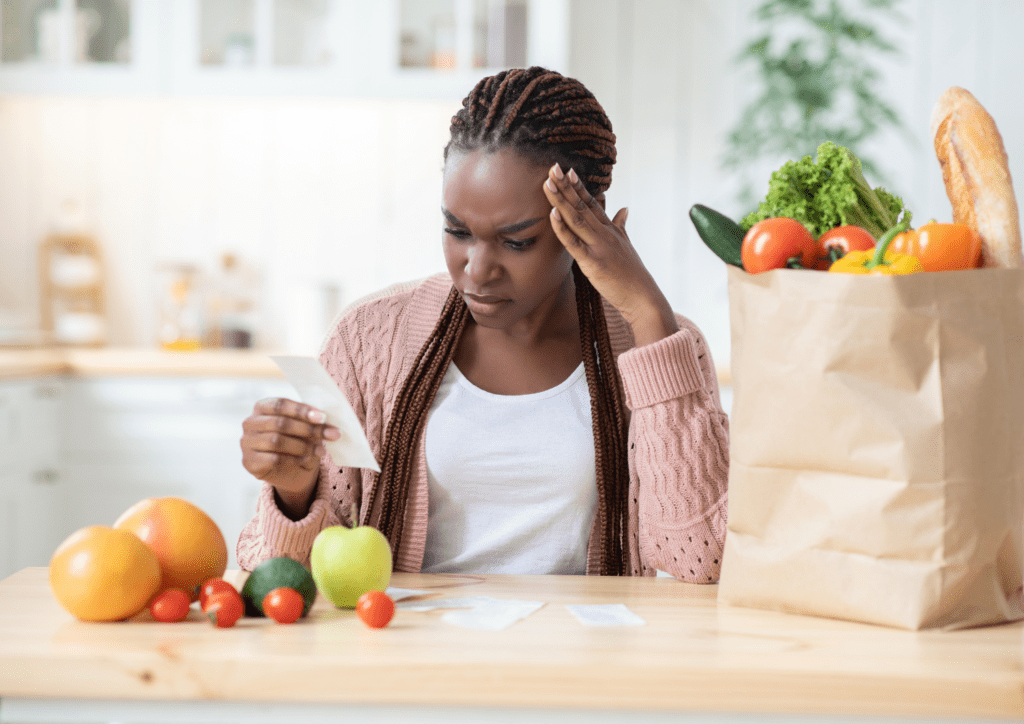Nestlé, one of the world’s biggest food producers, announced last week that it will be phasing out all non-recyclable or tough to recycle plastics from its products worldwide, in recognition of its massive role as plastic polluter. This could be huge; a World Clean-Up Day 2018 brand audit named Nestlé as the number one worst offender in Canada. The company said last year that it wanted to take action to reduce plastic waste, including making 100% of its packaging recyclable or reusable by 2025. We’re cautiously optimistic that this announcement actually seems to deliver on some major points, since Nestlé has blacklisted some of the most toxic and never recycled plastic packaging such as PVC and polystyrene.
Take action: Sign the petition to ask Canada for meaningful action on plastic pollution.
This is important, because in Canada we actually recycle only about 11% of all the plastic that is sold every year. Just because something is technically recyclable, it doesn’t mean that it will get recycled. This can be because not all waste treatment facilities have the same capabilities, or simply that there is no demand for the recycled material because it’s cheaper to just make more new plastic from scratch. That’s why recycling alone will not solve Canada’s plastic pollution problem, and why one of the most important steps is to ban plastics that are challenging to recycle.

Falling behind the worst in the world?
Canada has said that it really wants be a world leader on plastic pollution, but so far we haven’t heard any details on how they plan to do it. If the federal government is serious, like Nestle they must realise that reduction is the place to start.
Canada needs bans to prevent more plastics getting into landfills, more plastic ending up in the Great Lakes, and more plastic choking wildlife. Nestlé’s blacklist shows that it is possible to immediately phase out problematic plastic and unnecessary packaging on a global scale – now it’s Canada’s turn.
On the blacklist
The company has committed to phase out, among others, polyvinyl chloride (PVC), a plastic made using a toxic chemical and that may also contain a range of harmful substances. PVC is used to make things like plastic food trays and films. Also on the ban list is Polystyrene and Expanded Polystyrene – what we know as Styrofoam. Both are made from styrene, another toxic chemical, and used to make yoghurt pots, lids for ice cream, coffee cups, Styrofoam food containers, etc. Although technically recyclable if clean and un-dyed, in practice this is almost never the case – especially when used for food. That’s why we started this petition asking the feds to take action and Ban the Foam.
Finally, Nestlé plans to eliminate non-recyclable mixed-material packaging, like the laminated paper cups take out coffee often comes in. Again, although these can be recycled in theory, they almost always end up in landfills because it is extremely difficult and costly to separate the materials. Canadians get nearly 5 billion to-go coffees a year, according to Zero Waste Canada, so that’s a lot of cups in landfill that could be avoided.

Nestlé further commits to increase the recycling content of many of its products – a positive step, though it could be more ambitious – and eliminate plastic straws from its products.
If one company, whose main goal is to make money, can see the way the wind is blowing and commit to change so quickly, Canada can do the same. There’s no silver bullet for plastic pollution, but there is an obvious place to start. Too many plastics are used once and then thrown away, filling up our landfills, and polluting our lakes and oceans.
Canada, if Nestle can do it, so can we.









